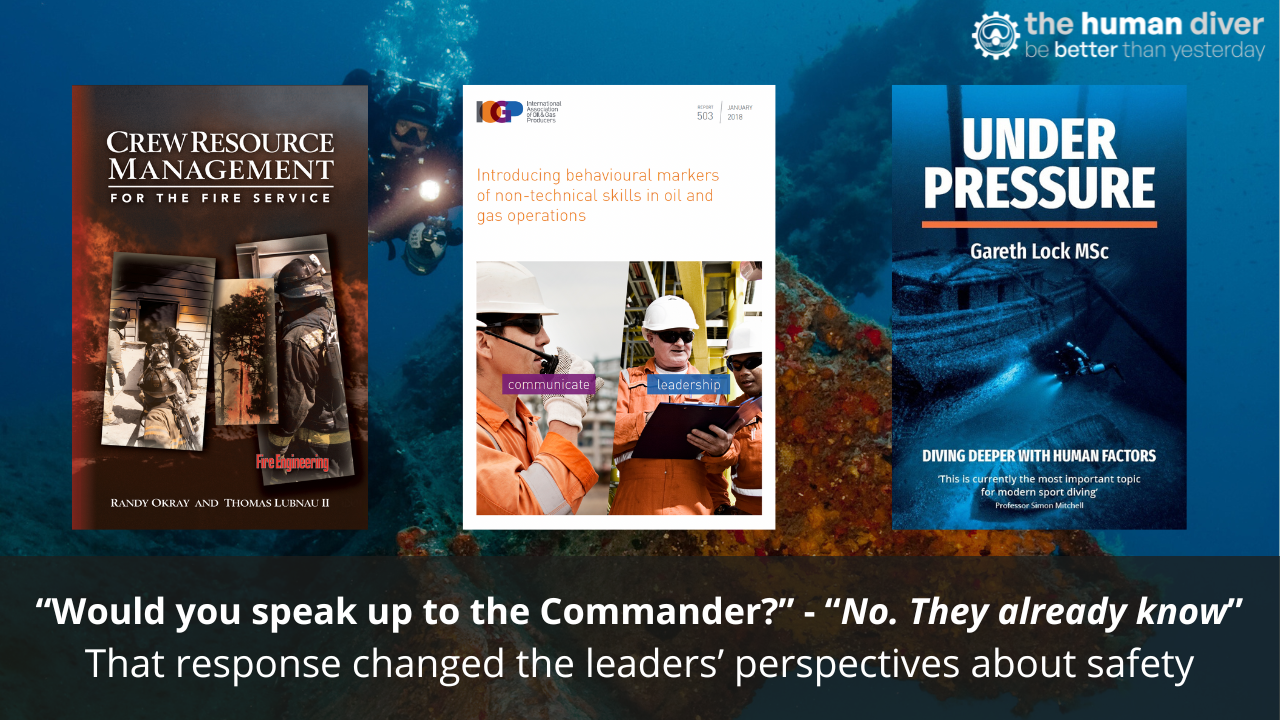
Work as Imagined vs Work as Done
Jan 24, 2024In last week’s blog I mentioned that there is often a degree of difference between what the people who wrote the standards imagine the work will look like vs what actually happens.
I thought I’d dig a bit deeper into that, as that’s only half the story.
Imagine it’s your job to write the standard operating procedures (SOPs)/work instructions/employee manual for a job. You know how you would like the job to be done. This is Work as Imagined. You are most likely thinking of the best way to do the job, using lots of resources, the best people, no budget restrictions, at the highest quality.
Then reality kicks in. You have finite resources, staff who need some guidance and of course there’s always a budget and it’s probably smaller than you’d like! You now need to write the SOPs within these constraints. Even if you have unlimited resources, what you write may be different to what you are imagining. This is Work as Prescribed. This won’t be the ideal situation you imagined earlier but it’s the best you can ask for. And of course, it will be followed to the letter, right?!
Your workers receive the SOPs. They look through and realise that it’s not possible to complete everything according to the standards. Or maybe they know the job better (they’re the ones doing it after all) and so can see other ways of doing things. Or perhaps there are other constraints that you hadn’t thought of that they need to work within. This is Work as Done. It likely won't be according to the standards that they have been given but should still get the job done.
After the job is complete, you ask them how it went. Maybe they like you and want to please you. So they tell you that everything went really well, all according to standard. Or maybe they think you’re stupid (because they think the SOPs you wrote weren’t as good as what they came up with), so they nod, smile and tell you everything went according to standard (because what’s the point of correcting someone they see as an idiot?!). Or maybe they saved themselves some time or money by taking shortcuts but don’t want to get in trouble. Or maybe there’s no psychological safety and they know that by telling you the truth they’ll just get shouted at or worse, punished. This is Work as Disclosed. This is where things can get really tricky. If you as the person in charge of standards are unaware of problems (in the standards), then those problems won’t get fixed. If the people don’t know the reason for the standards and think they know better, they may be making something different to what is required. If they are skipping steps or sections to save time or money, they may have done something dangerous.
Sometimes Work as Done is incorrect because of a simple misunderstanding.

Most people will understand that in this picture the sign is written for vehicle users. The walker who has stopped is clearly doing the wrong thing, but believes she is doing the right thing.
Some people will comply with the standards, but do so in a manner that exposes the flaws, contradictions, or unintended consequences of those rules. Commonly known as malicious compliance, they are technically following the standards but undermining the intent of them. This behavior is often driven by frustration, a desire to point out flaws, or to highlight the impracticality or absurdity of the rules.

If we can find out the truth about Work as Done, we can understand what is really happening and what needs to be changed (and why it needs to be changed). This isn’t easy. In diving we see people breaking standards for all kinds of reasons (see last week’s blog) whether to save them time and money, because they are pushed into doing it by employers or influenced by the local culture, because they believe they know better, or from pure ignorance.
We often use this diagram to show the different terms.

Diagram ©️Steven Shorrock (used with permission) from https://humanisticsystems.com/2016/12/05/the-varieties-of-human-work/
The more those circles can line up, the closer the reality of the standards.
If the circles look like this:

We may have ended up with this:

In diving, we have a huge inconsistency of Work as Done. Some people follow the standards to the letter, others use them as a rough guide. This is for all the reasons mentioned above (and probably a few more I haven’t thought of). Hopefully some of those differences between Work as Imagined and Work as Done can be worked out. Whether it’s by changing the standards to better match what is being taught, reducing the authority gradient to allow those teaching to give honest feedback without repercussions or making it unacceptable to take shortcuts, it’s all possible and the conversations are being had about how to make it happen.
If you want to add your voice to these conversations, please join the Facebook group!
Further reading:
https://www.thehumandiver.com/blog/what-does-human-factors-in-diving-mean
https://humanisticsystems.com/2016/12/05/the-varieties-of-human-work/
https://psychsafety.co.uk/psychological-safety-work-as-imagined-vs-work-as-done/

Jenny is a full-time technical diving instructor and safety diver. Prior to diving, she worked in outdoor education for 10 years teaching rock climbing, white water kayaking and canoeing, sailing, skiing, caving and cycling, among other sports. Her interest in team development started with outdoor education, using it as a tool to help people learn more about communication, planning and teamwork.
Since 2009 she has lived in Dahab, Egypt teaching SCUBA diving. She is now a technical instructor trainer for TDI, advanced trimix instructor, advanced mixed gas CCR diver and helitrox CCR instructor.
Jenny has supported a number of deep dives as part of H2O divers dive team and works as a safety diver in the media industry.
If you'd like to deepen your diving experience, consider taking the online introduction course which will change your attitude towards diving because safety is your perception, visit the website.
Want to learn more about this article or have questions? Contact us.










